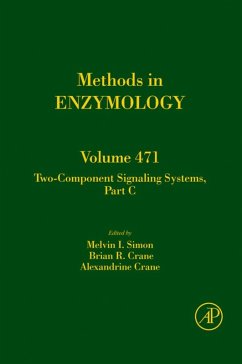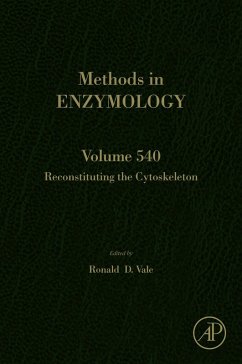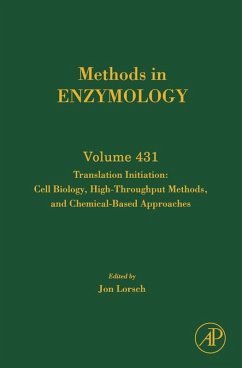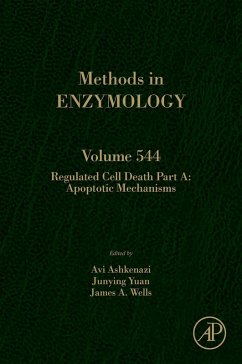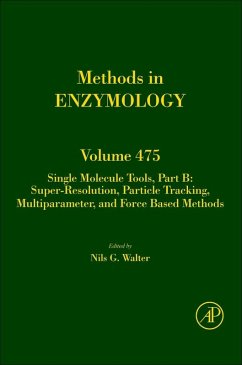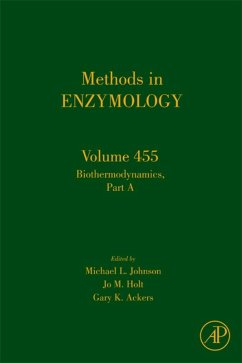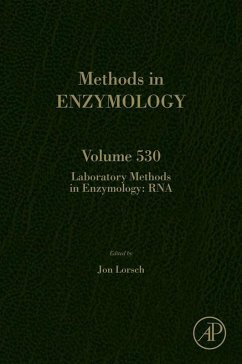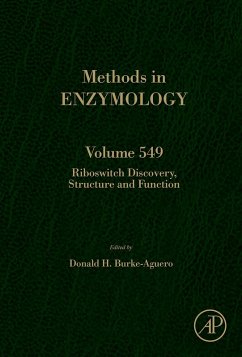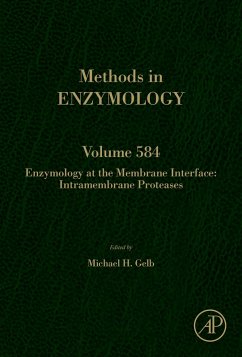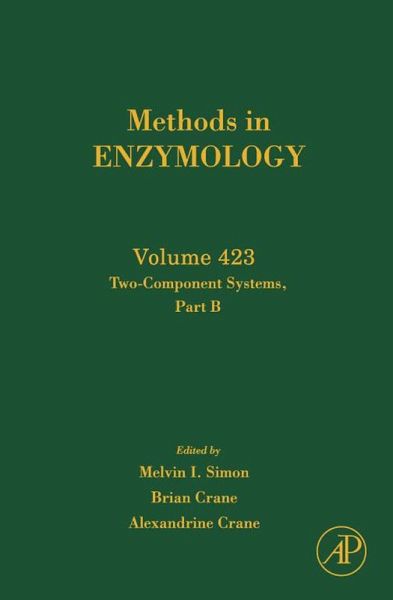
Two-Component Signaling Systems, Part B (eBook, ePUB)
Versandkostenfrei!
Sofort per Download lieferbar
132,95 €
inkl. MwSt.
Weitere Ausgaben:

PAYBACK Punkte
66 °P sammeln!
Multicellular organisms must be able to adapt to cellular events to accommodate prevailing conditions. Sensory-response circuits operate by making use of a phosphorylation control mechanism known as the "two-component system." Sections in Two-Component Signaling Systems, Part B include: - Structural Approaches - Reconstitution of Heterogeneous Systems - Intracellular Methods and Assays - Genome-Wide Analyses of Two-Component Systems - Presents detailed protocols - Includes troubleshooting tips
Dieser Download kann aus rechtlichen Gründen nur mit Rechnungsadresse in A, B, BG, CY, CZ, D, DK, EW, E, FIN, F, GR, HR, H, IRL, I, LT, L, LR, M, NL, PL, P, R, S, SLO, SK ausgeliefert werden.




